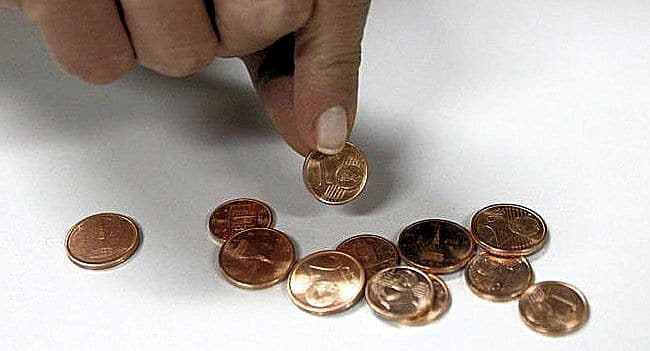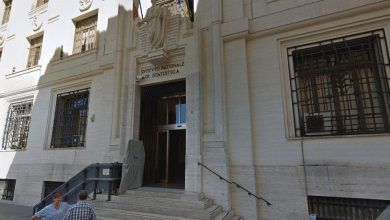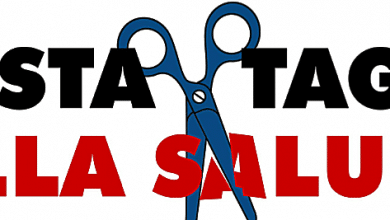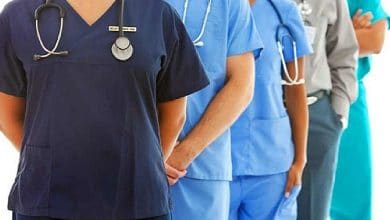
2.75% of public spending contributes to 18% of Def savings. The Def cuts almost 0.9% of total spending (7.5 billion out of 800) but 2.4% of NHS (2.6 billion out of 110), in proportion almost three times as much. Drugs and devices weigh 2.75% of total public spending (22 billion out of 800) but contribute to the cuts proportionally six and a half times as much, 18% (1.35 out of 7.5). But cutting drugs and devices means penalizing innovation and technology.
 01 MAY – Looking at the cuts in the Def and their components on healthcare, I have elaborated some comparative analyzes whose results seem to me to be of some interest and I hope to stimulate discussion and comments.
01 MAY – Looking at the cuts in the Def and their components on healthcare, I have elaborated some comparative analyzes whose results seem to me to be of some interest and I hope to stimulate discussion and comments.
The Def of 16.8 billion, of which 6.8 from financial benefits of "exogenous" origin (Draghi, QE, interest on debt, spreads, etc.), provides that of the remaining 10 to be obtained with the reform programme, 2 .5 come from reductions in deductions and tax deductions, therefore more tax revenues, and 7.5 from cuts in public spending (I round off the figures for ease of calculation).
Therefore, the Def cuts 0.9% of public spending, 7.5 billion out of the approximately 800 total. A very small percentage cut.
But very oriented towards health care: about a third of those 7.5 billion - 2.6 - come from the NHS. Weighing about one eighth of health care out of total public spending (110 billion out of 800, almost 14%) contributes precisely to more than one third of the cuts (2.6 billion out of 7.5), 35% of the savings of the Def. It takes the 14% but gives the 35%.
The Def cuts almost 0.9% of total spending (7.5 billion out of 800) but 2.4% of NHS (2.6 billion out of 110), in proportion almost three times as much.
Of those 2.6 billion, the draft states that over half, 1.35, come from drugs and devices, the expenditure of which in the NHS is approximately 22 billion, 2.75% of total public spending (22 billion out of 800).
Therefore, 2.75% of public spending contributes to 18% of savings in the Def (1.35 billion out of 7.5). It takes the 2.75% but gives the 18%.
 Summing up:
Summing up:
– Healthcare is almost 14% of total public spending (110 billion out of 800) but contributes to the cuts in the Def with 35% (2.6 billion out of 7.5)
– The Def cuts about 0.9% of public spending (7.5 billion out of 800), but proportionally that NHS is cut almost triple, 2.4% (2.6 billion out of 110) and that for drugs and devices more than sixfold, 6.2% (1.35 billion out of 22)
– Drugs and devices account for 2.75% of total public spending (22 billion out of 800) but contribute to cuts in the Def proportionally six and a half times as much, 18% (1.35 out of 7.5).
The macroscopic disproportion in the choices of sectors from which to save is evident. Non-linear cuts, certainly desirable in principle, but precisely because they are to be made in sectors where there is actually redundancy and less negative impact.
Certainly not public health, already among the least funded in the EU and with already high criticalities and operating inequities, not on drugs and devices whose spending is already among the lowest in the EU and the OECD. “Stick the drowning dog” wrote Mao.
Naturally there are numerous areas of the most "redundant" public expenditure where it is possible to recover that very modest 1% reduction requested by the Def (already only in the regions those identified above QS from Cesare Fassari).
It can be questioned whether the real reasons for these choices so aimed at health care, on drugs and devices, are strategic, such as the desire to review welfare and remodulate the relationship between public health in favor of private, especially in financing.
Or they are merely tactics, such as offloading the inconvenient burden to the regions, or how to cut drugs and devices because, unlike anything else, it is operationally easier and more immediate (regulated prices and market), less inconvenient and a "disturbance" in the system, less politically unpopular given the unfriendly public opinion towards "Big Pharma" and Co.
What is certain is that cutting drugs and devices means penalizing innovation and technology, the main tools for making healthcare more efficient (less inefficient) and helping its increasingly uncertain future sustainability. In short, it seems short-sighted. De Gasperi said, taking up a quote from Clarke, that the politician thinks of the next elections, the statesman of the next generations.
Prof. Fabrizio Gianfrate
Health economics





